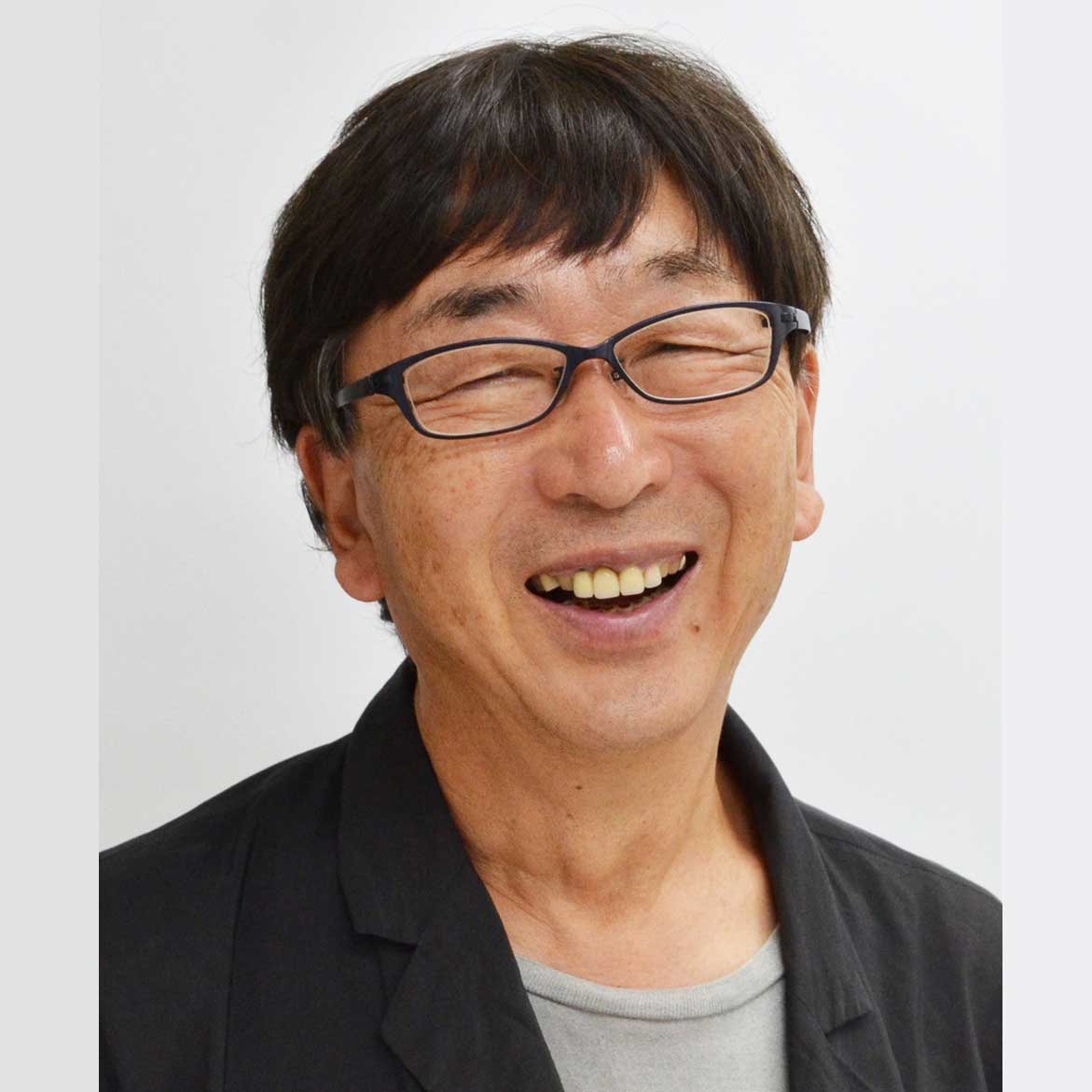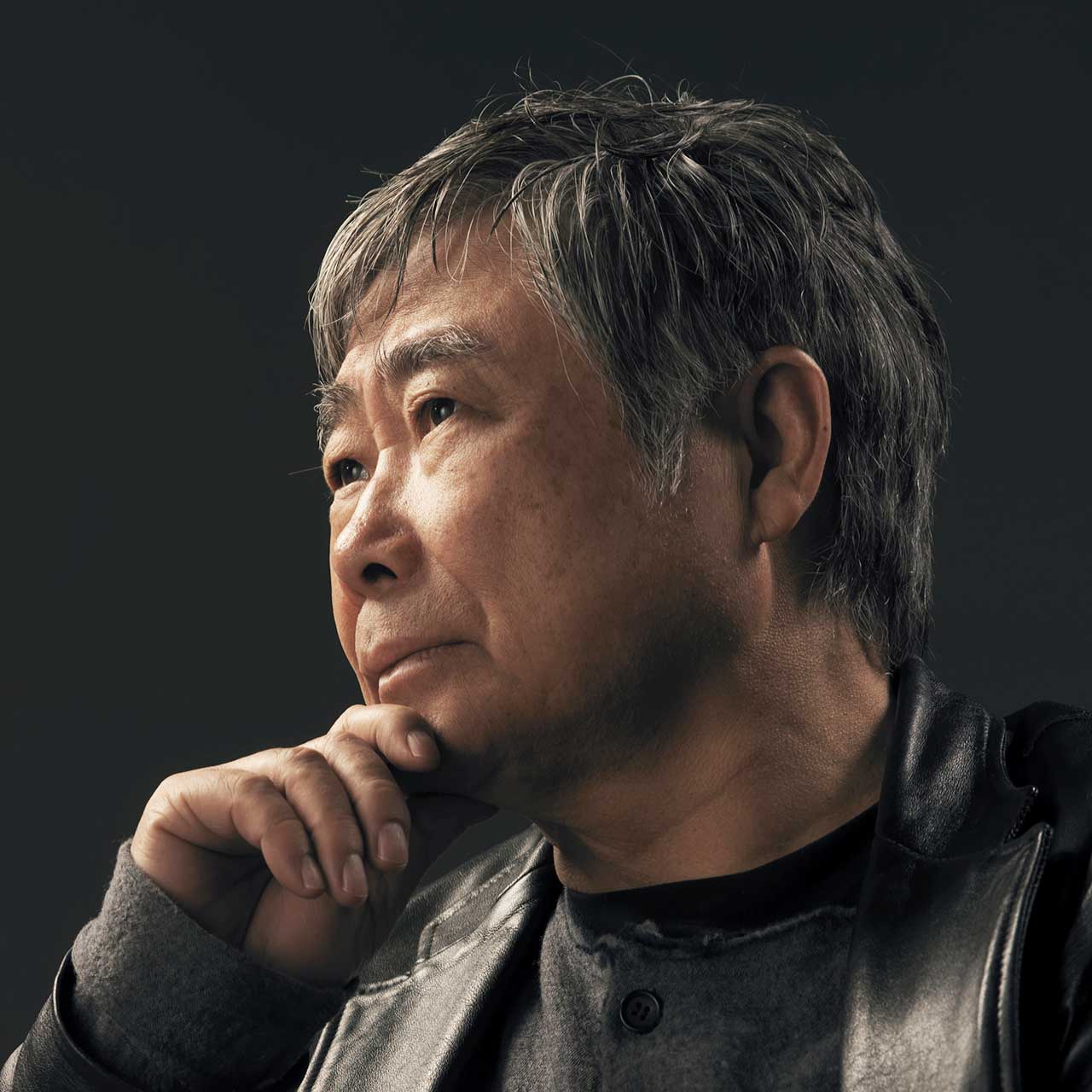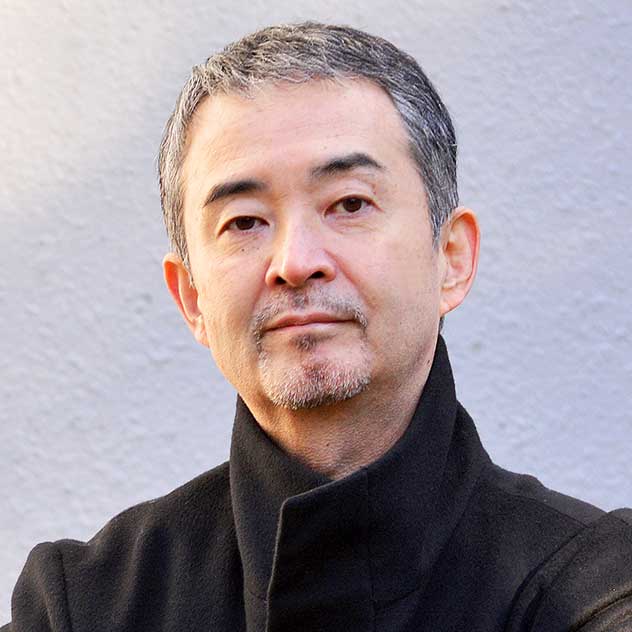
Understanding Light Fixtures (Functional Lighting and Design Lighting)
The lighting designer’s job is to add emotional value to a space while satisfying its luminous function. In this seminar, with a focus on understanding lighting fixtures, we interviewed two architects who have designed lighting fixtures about their thoughts as designers, and explored their viewpoints in selecting lighting fixtures.
The seminar began with an explanation by moderator Yukio Onoda that a wide variety of lighting fixtures now available can be broadly divided into two categories: “functional lighting” and “design lighting.”
“Functional lighting,” as represented by downlights and spotlights, is intended to express the space through the light it illuminates, and the fixtures themselves are installed inside the ceiling and rarely apparent. On the other hand, “design lighting,” as represented by chandeliers and pendant lights, is a fixture with design, through which light is expressed with a variety of colors and shapes. In contrast to functional lighting which minimizes its sense of presence, design lighting has a strong presence greatly expressing its form and flamboyance, and is created with the designers’ diverse ideas, according to Mr. Onoda. He points out, however, that we do not often have the opportunity to get in touch with the feelings of the designers when selecting those lighting fixtures. It is surprising to find that many of the lighting fixtures that are so-called “masterpieces” are designed by architects. In this seminar, two architects were invited to talk about what they consider the most important feelings of the designers when designing lighting fixtures.

First, architect and product designer, Masayuki Kurokawa talked about “DOMANI” and “IERI” floor lamps among many of his works.
The main player of Japanese culture and architecture is the floor, with houses having been built on the premise of people sitting in “seiza” style or in a “cross-legged” style. Everything from old-fashioned lights and lanterns to cushions and furniture are placed near the floor, and all rooms, including tea rooms, are designed so that when viewed from a low, sitting position, the occupant would embrace the most beautiful view. Mr. Kurokawa, who has perceived the floor as a very important element in architecture, talked about the direction of light and design ideas related to the “za” perspective, which is rooted in Japanese architectural culture and also led to the creation of “DOMANI.” He then talked about people’s lives, culture, and lighting that enriches their lifestyles, referring to an episode that inspired “IERI.”
Next, Toyo Ito, an internationally acclaimed architect known for his innovative architecture, spoke about the concept behind his “MAYUHANA” design.
Mr. Ito explains that lighting fixtures has been all about the expression of shapes. However, he changed the stereotypical view to rather express the “light” itself. He noted that the only lighting fixture that is somewhat Japanese and Western styles were those made of “washi” (Japanese paper), and questioned whether there could be an alternative fixture that can be used in both Japanese and Western settings; “MAYUHANA” was born from such an idea. He also stated that the second feature of “MAYUHANA” is that the size of the product can be customized through the same manufacturing process, using a very simple system that basically does not change anything.
From the stories told by the two architects, Mr. Onoda concludes by saying that before and after understanding the ideas of the designers, the view towards lighting fixtures can change dramatically and become an important deciding factor in selecting a lighting fixture, and that design lighting could bring emotional value in its form alone. He also noted that it is important to understand the ideas and feelings of the designers of the lighting fixtures including various stories behind the design. Mr. Onoda hoped that through their stories, we have gained a new understanding of lighting design. He concluded by expressing his hope that this seminar would help people to select lighting fixtures for architectural design in the future, and that more people would understand the value of lighting design than ever before.
Profile

Toyo Ito
Architects
Toyo Ito & Associates

Masayuki Kurokawa
Architect, product designer
K&K Designtope Co., Ltd.

Moderator Yukio Onoda
Iris Associates, inc.
